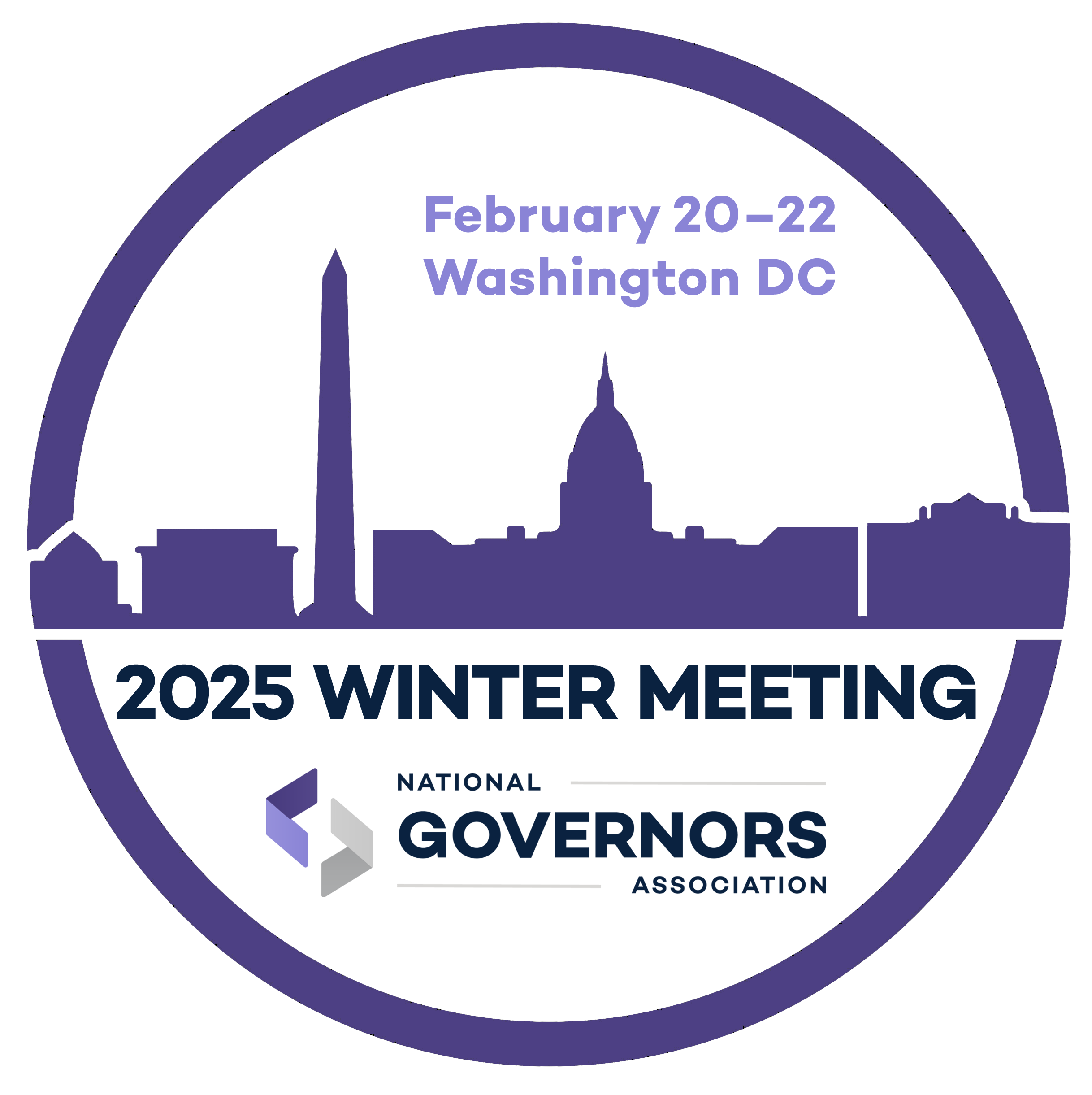The Federal Facilities Task Force (FFTF) held its 2022 Spring Meeting on April 26-27 in Carlsbad, New Mexico. On the first day of the meeting, FFTF Members toured the Waste Isolation Pilot Plant (WIPP) where defense-generated transuranic waste from sites around the country is permanently stored. The disposal site is 2,150 feet underground and is actively being mined to clear space for waste disposal that is pre-approved by the existing permit.
FFTF members saw firsthand the real working conditions of the mine, safety precautions taken, the need for increased ventilation and other infrastructure upgrades and got a real education and appreciation for WIPP challenges, capacity and its outlook for the future. The site visit and discussion afterwards with Reinhard Knerr, Manager of the DOE-EM’s Carlsbad Field Office, provided a deeper understanding of WIPP operations including coordination of waste shipments with mining the emplacement panels and how this affects waste shipment schedules.
On the second day, the group was joined by leaders from the U.S. Department of Energy’s Office of Environmental Management (DOE-EM), and other guests, to discuss key issues relevant to states impacted by the ongoing cleanup of the U.S. nuclear weapons complex. The FFTF members met and interacted with several DOE-EM and DOE-NE leaders including:
- Jay Mullis, Acting Associate Principal Deputy Assistant Secretary for Regulatory and Policy Affairs
- Joceline Nahigian, Director, Office of Intergovernmental & Stakeholder Programs
- Doug Tonkay, Acting Deputy Assistant Secretary, Waste and Materials Management (virtual) | Presentation
- Jamie Joyce, General Engineer, Office of Environmental Management (virtual)
- Reinhard Knerr, Manager of the Carlsbad Field Office
- Michael Mikolanis, Field Office Manager, Los Alamos National Laboratory | Presentation
- Dr. Kimberly Petry, Acting Deputy Assistant Secretary, Office of Spent Fuel and Waste Disposition and Acting Director, Office of Integrated Waste Management, Office of Nuclear Energy | Presentation
Key topics of discussion included the status of cleanup operations across the complex and how waste from their sites fits into the overall cleanup picture and plan, the barriers and opportunities for long term waste disposal and the function of Performance Assessments (PA) in determining where to place waste. The group also discussed consent-based siting of commercial nuclear waste with the office of Nuclear Energy, and how that may be applied in the future to defense waste. They also learned about the rollout, outreach and status of the Los Alamos pilot project for the President’s Justice40 Initiative and how it might help disadvantaged communities and impact the cleanup.
NGA convenes the Federal Facilities Task Force, a group of Governor-designated representatives from thirteen affected by the ongoing cleanup of sites used in the production, testing, and assembly of the U.S. nuclear weapons stockpile. The FFTF works with U.S. Department of Energy (DOE) officials to examine critical technical, policy, and budget issues and improve coordination of major program decisions on a broad range of topics related to radioactive materials and waste. The thirteen states participating in FFTF include: California, Idaho, Kentucky, Missouri, Nevada, New Mexico, New York, Ohio, Oregon, South Carolina, Tennessee, Texas, Washington.













